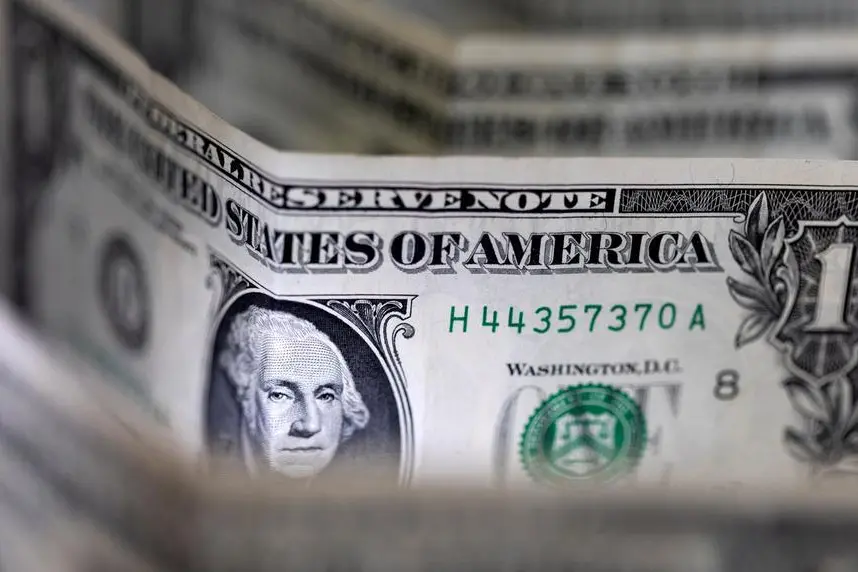PHOTO
SINGAPORE - The dollar inched higher on Tuesday after a loans survey revealed that credit conditions in the United States were less gloomy than expected, while the pound flirted with a one-year peak ahead of this week's Bank of England policy meeting.
The Federal Reserve's quarterly Senior Loan Officer Opinion Survey (SLOOS) showed that while credit conditions for U.S. business and households continued tightening at the start of the year, it was likely due to the impact of the Fed's aggressive rate hikes rather than severe banking sector stress.
The closely-watched survey released on Monday was among the first measures of sentiment across the banking sector since the recent run of bank failures, sparked by Silicon Valley Bank's collapse in March, had spread turmoil in global markets.
The U.S. dollar rode Treasury yields modestly higher after the survey, as traders pared back their expectations on the scale of Fed rate cuts needed later this year to ease the stress on the sector.
The euro was last 0.16% lower at $1.0987, while the Japanese yen slipped 0.1% to 135.24 per dollar.
Two-year Treasury yields steadied above 4%, while the benchmark 10-year yield was last at 3.5148%, after rising more than five basis points in the previous session.
"It wasn't as bad as expected. There's still a tightening in credit conditions that is coming ... but overall, at this stage, the survey is not depicting a credit crunch ahead. And I think that was good news," said Rodrigo Catril, a currency strategist at National Australia Bank (NAB).
Against a basket of currencies, the U.S. dollar index rose 0.05% to 101.49, though remained not far from its recent lows as traders eye a peak in U.S. interest rates.
"The dollar didn't really get much of a kick on that," said Catril, referring to the survey. "If anything, it's been the outperformance of pro-growth currencies, which has been lifted by the improvement in commodity prices ... I think that's been the bigger mover."
Oil prices had risen over 2% on Monday, as fears of an imminent recession in the United States eased following the release of the SLOOS and Friday's robust jobs report.
Commodity currencies like the Australian and New Zealand dollars slipped in early Asia trade on Tuesday, but held near their multi-week peaks reached in the previous session.
The Aussie was last 0.07% lower at $0.6776, after having risen to a roughly three-week top of $0.6804 on Monday.
The kiwi slipped 0.11% to $0.6338, having similarly scaled a one-month high of $0.63585 the day earlier.
Elsewhere, the British pound fell 0.06% to $1.26105, but was not far from the previous session's one-year peak of $1.2668, ahead of Thursday's central bank policy meeting.
The Bank of England looks set to raise interest rates to 4.5%, matching the quarter-point increases by the Fed and the European Central Bank last week, as it tries to fight the highest inflation of any big advanced economy.
"The BoE has been sort of this reluctant hiker, they keep on saying that they expect inflation to ease and that they're concerned about the costs of living and the slowdown in the economy," said NAB's Catril.
"But yet, the reality is that the UK economy has proven to be quite resilient this year ... the important thing will be the messaging out of what the bank says."
(Reporting by Rae Wee Editing by Shri Navaratnam)





















